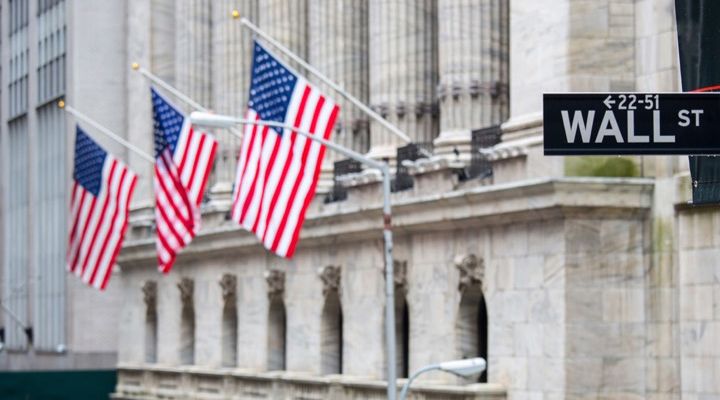
It's been over a decade since the United States faced an economic collapse comparable to that of the Great Depression of the 1930s. The 2008 financial crisis was a period of economic downturn that resulted in a rash of unemployment and homelessness that has yet to fully abate.
LifeDaily Video of the Day
The long-standing effects of the 2008 financial crisis are still felt the world over, but nowhere more severely than in the US. The government at the time worked hard to avoid a complete collapse of the system and they almost didn't succeed. But what exactly started the crisis and how far has the country come since those uncertain days?
Close-Knit

Part of what led to the 2008 financial crisis was the very close-knit interaction between banks the world over. The crisis was precipitated by a sudden reduction in the previously easy availability of loans and credit from banks and mortgage lenders, all of whom were suddenly insisting on more stringent checks before any loans were approved.
Cheap Money
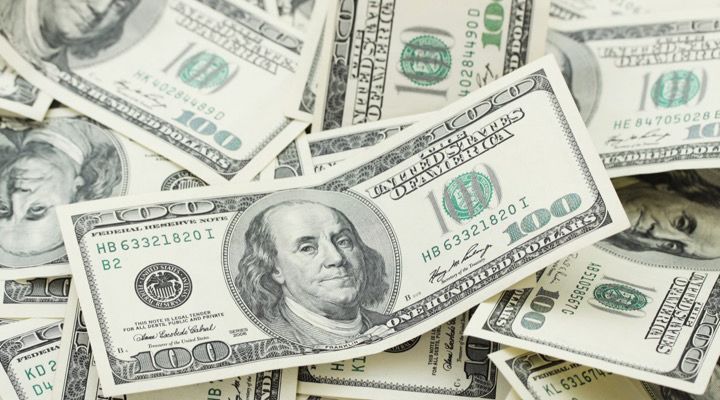
Early in the 2000s, some central US and Japanese banks were keeping interest rates as low as they could. This, of course, encouraged speculation by a number of interested parties, looking to get into the market. Some were real estate developers, mortgage companies, and ever more banks. There was cheap money to be made everywhere.
Low Rates, High Prices
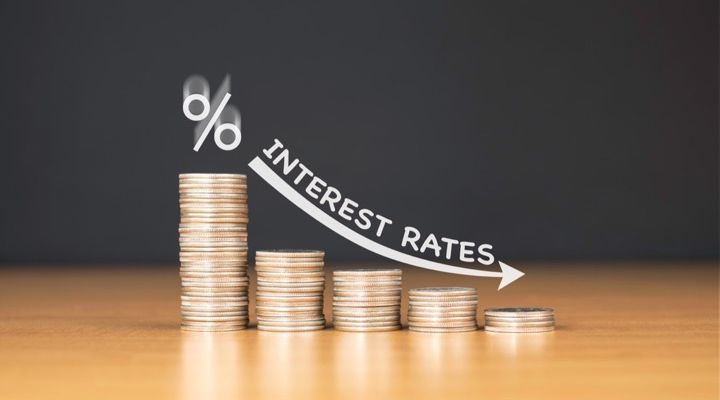
Meanwhile, the Federal Reserve lowered the federal funds rate from 6.5% in 2000 to 1% in 2003. This is the rate that banks charge one another for overnight loans. It acts as a barometer of sorts when it comes to calculating the cost of borrowing money on a short-term basis. Homes across the country became more valuable almost overnight.
Delicious Speculation
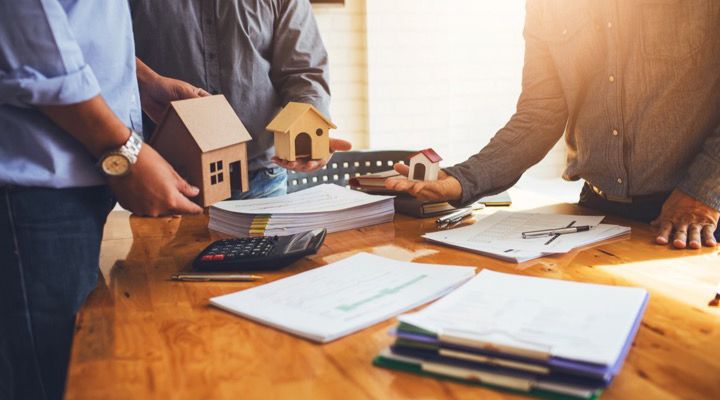
At the same time, bank and mortgage companies were feeding on all the speculation about home prices and were offering cheap credit to anyone and everyone. They even began offering mortgages to people who wouldn't normally have been qualified. These so-called subprime loans would soon become the preferred currency of the times.
Golden Loans
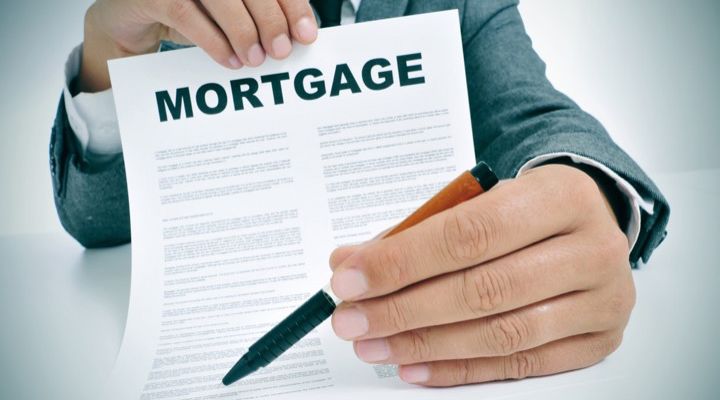
This easy money gave rise to the concept of the subprime loan. This refers to the practice of lending money to those individuals with either a weakened credit history or a greater risk of defaulting on that loan than other "prime" borrowers. They needed to make these loans attractive to lenders, however, and they did so by packaging them with insurance policies.
Policy Schmolicy

The insurance policies on even the most unlikely of loans acted like a sort of palliative for those who might otherwise have been concerned with the financial risk of lending money to, for lack of a better term, deadbeats. Nevertheless, the insurance placebos worked like a charm and credit-rating agencies ate it up.
Infected Debt

Thus it was that the now-infected US economy slowly poisoned the global economy. These subprime loans came to investors as collateralized debt obligations or CDOs. These CDOs consisted of a huge package of loans, some of which were subprime, and were then sold off in assorted segments, called tranches.
Hidden Loans

The tranches had varying interest rates and levels or risk buried inside them. But those subprime mortgages were essentially masquerading as triple-A-rated debts because of the useless insurance policies attached to them. Those that wrote the insurance policies on them assumed the default levels wouldn't be an issue; they were very much mistaken.
Tipping Down, Going Up
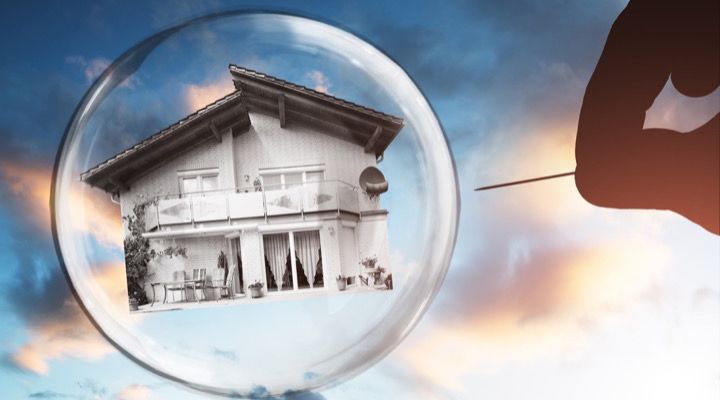
The assumption that home prices would remain high was wrong too and the market soon saw all housing prices tip downward. A chain reaction began and the financial bubbles the industry had greedily built for themselves began to burst. Then, the government began to raise the short-term interest rates as well. By 2006, it was back up to 5.25%.
Values Down

Adjustable-rate mortgages, which were essentially the same ones that most subprime borrowers had available to them, began to reset to much higher rates. Home values began to plummet and incidentally, continue to do so into the present day. Some communities averaged a loss of 15% to 30% and homeowners were beginning to panic.
Families in Default
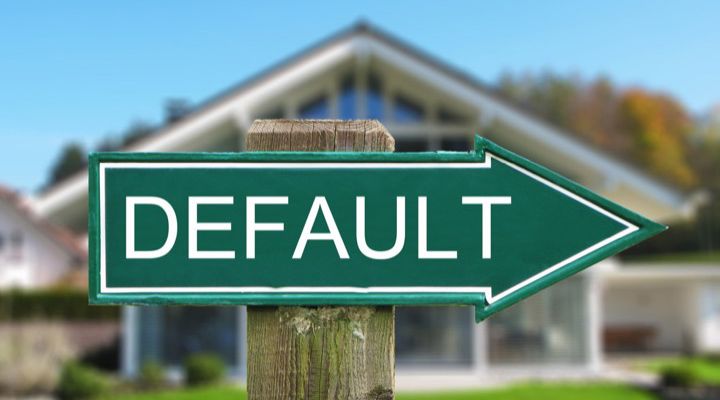
Their homes were worth less than the amount they owed on their mortgages. Which meant they couldn't even sell the house and downsize without defaulting significantly on their debts. Rating agencies then began to lower their assessment of those previously triple-A subprime loans and almost overnight, those highly-valued loans became junk loans.
Junk Loans
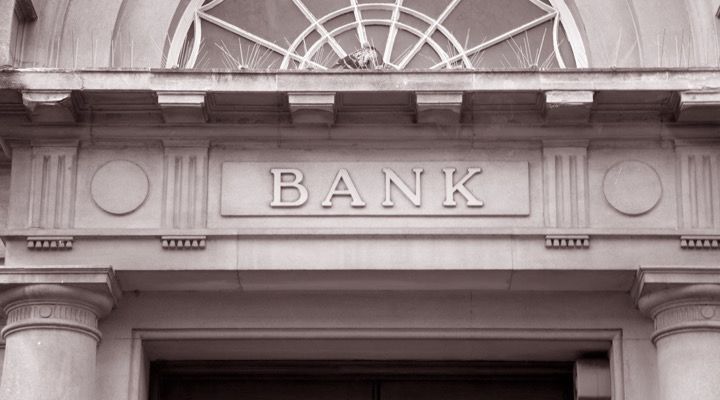
Those banks, pension funds, and other such financial institutions soon found their triple-A-rated CDO tranches were all tainted by the unseen poison of subprime loans – loans that the borrowers were defaulting on at an alarming rate. These holders could no more sell the CDOs than the poor homeowners could pay them all back.
The Hard Sell
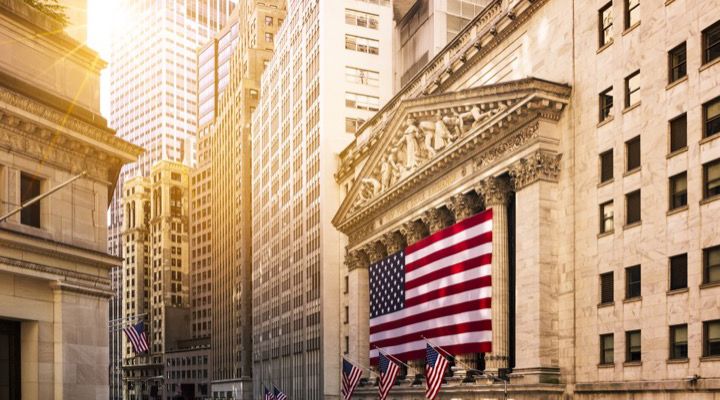
There were few buyers willing to take on the poisonous debt and these financial institutions found themselves stuck. The US debt markets began to seize up as a result. In 2007, a wave of quarterly write-downs on the value of now hard-to-value, unsaleable, CDO loan packages commenced and it swept up the entire financial world in its wake.
Undercapitalized

Suddenly, dozens of previously lucrative financial institutions were revealed to be vastly undercapitalized. The quality of their debt portfolios deteriorated and billions of dollars were written off as bad assets. Quarter after quarter, the reserves at these banks began to dwindle and the commercial banks were hit the hardest.
Perilous Place
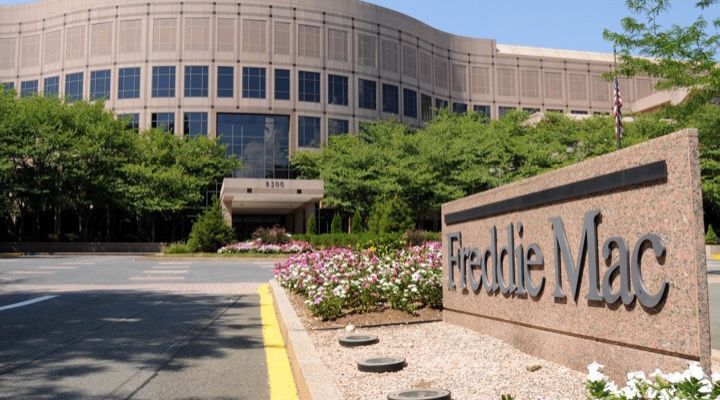
Some investment banks had leveraged themselves more than 30 to 1. What this means is that should anything go seriously wrong with their assets, the banks could fail. An example of this was the infamous Fannie Mae and Freddie Mac, which own or guarantee more than $5 trillion in mortgage debt. Suspicion began to envelop the whole financial market.
Suspicion and Distrust
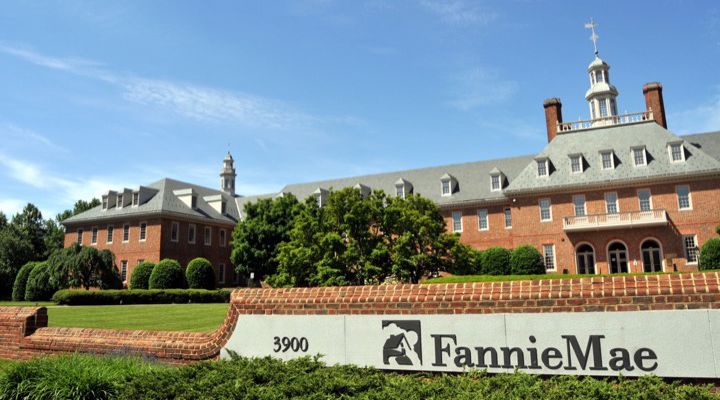
To say that both large and small investors were surprised by these developments would be an understatement. They soon learned that the stocks of their previously stable financial institutions were little more than ticking time bombs. They did the only sensible thing to do in that situation: they began selling off their shares.
Full Faith and Credit
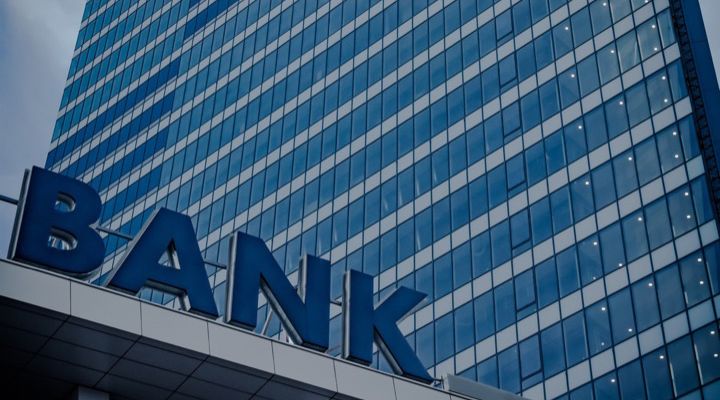
At the same time, banks that had always helped one another out by routinely lending each other money if they needed it, stopped doing so. They were losing faith in each other and the collateral that their fellow financiers once possessed wasn't enough to guarantee "full faith and credit." Financial failures began to mount in every corner of the market.
Falling like Ninepins
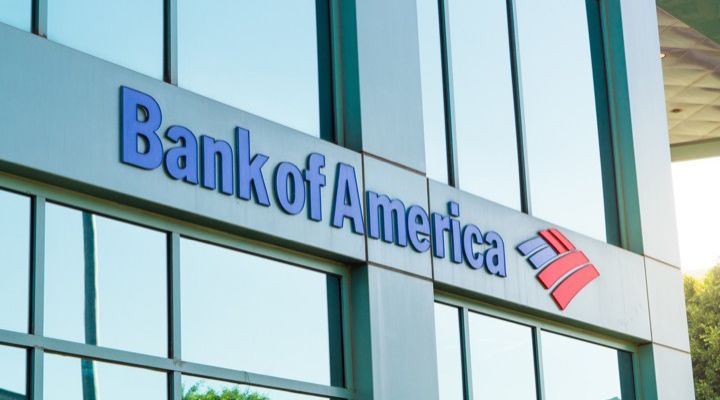
California's IndyMac was a leader in the subprime lending game at the time and because of that now ignominious distinction was one of the first to fail. To avoid insolvency, mortgage lender Countrywide chose to sell itself to Bank of America. Of course, these rapidly failing banks were only the first to fall to the crisis.
Averting Crisis
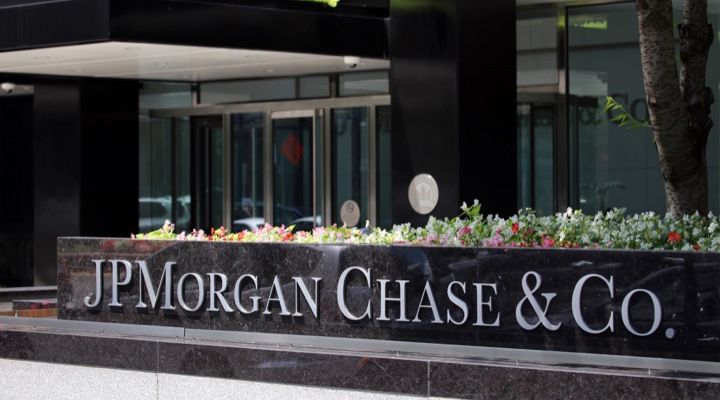
Bear Stearns was one of the most overextended investment banks at the time so, as expected, they failed. The US government, hoping to minimize the financial impact, arranged a forced merger with banking monolith JPMorgan Chase. Later that year, they also seized control of Fannie Mae and Freddie Mac.
Government Intervention
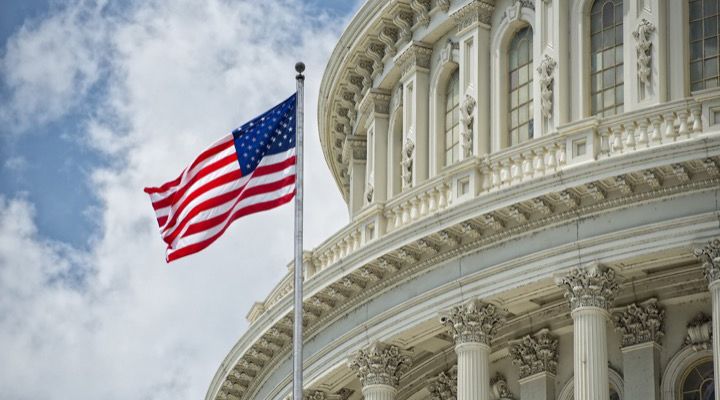
The goal of taking control of Fannie Mae and Freddie Mac was two-fold; it would save them and therefore many people attached to them from falling to financial ruin and would make the US government the explicit guarantor of all mortgages they owned or insured. Unfortunately, this did not actually help the situation as much as the government thought it would.
Frozen Lenders

At this point, lending of all sorts froze up all over the countries. Long-term rate securities were among the first to completely freeze. There were no more buyers, no more investors, and because of this, anyone stuck with a long-term rate was stuck. By September of that year, all overnight loans had dried up.
Afraid to Use It
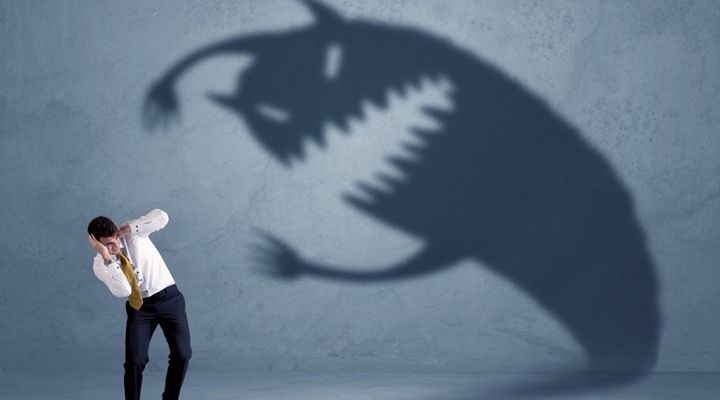
Governments and banks around the world all began to pump billions of dollars in cash into a number of now-struggling financial institutions, but there was still a problem. The banks were afraid to use the money. They worried it might be needed to keep their own finances solvent in the event of a more serious crisis. In a way, they were right.
Curious Investments

Other problems involved investors withdrawing tens of billions from their supposedly super-safe money-market funds. These funds are traditionally used to invest in short-term corporate debt, although they are used for other things as well. These rapid withdrawals only made things more precarious for all parties involved, one of which was the American government.
Government Steering
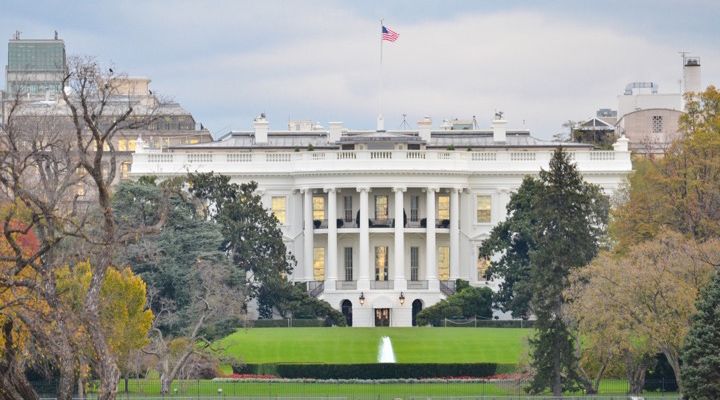
What made matters worse was that the government, for all their seemingly-self-righteous assistance, couldn't do much more to steady the boat than the institutions themselves. Washington tried a number of tactics. They tried lowering interest rates, they flooded the economy with billions to try and keep businesses afloat, but nothing worked.
Bankruptcy
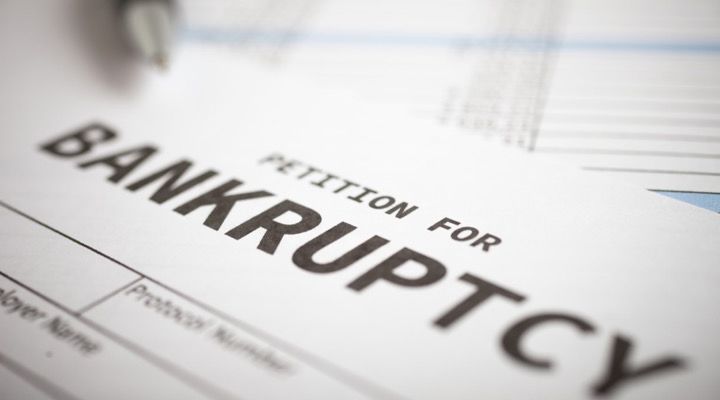
When Lehman Brothers Holdings declared bankruptcy on September 15, it sent other banks into panic mode. Merrill Lynch, another investment bank, sold itself to Bank of America in order to avoid following them to the grave. The US government, true to form, responded by taking over another of the world's largest insurers, American International Group.
Stepping In
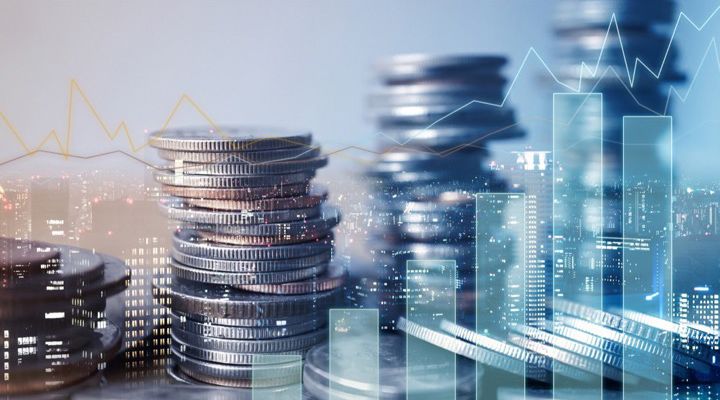
American International Group had been one of the insurers who had been involved in the billions of dollars in debt that had set the whole sordid ordeal off, to begin with. As such, their capital was irrevocably drained. They weren't going to be able to pull themselves up by their bootstraps. The government could help with that…or at least that was the thinking at the time.
Falling Monoliths
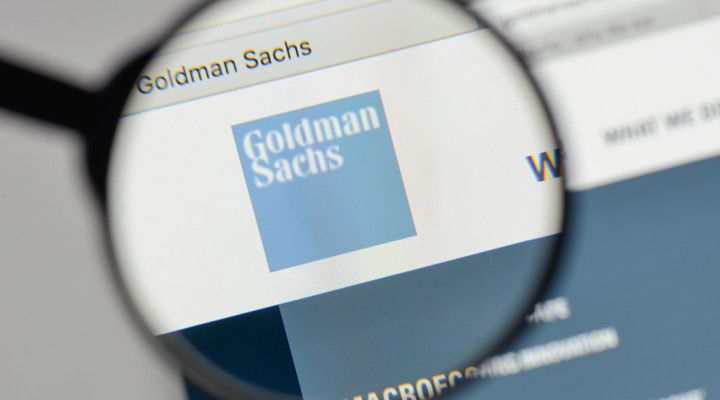
Goldman Sachs and Morgan Stanley, the last two investment banks, soon saw their share prices plummet. They too were worried if they'd survive and if they too might be "rescued" by the government. Throughout the rest of 2008, the stock market began to rally and home pricing began to stabilize. Unfortunately, stability didn't last forever, only long enough to save the entire thing from complete collapse.
Aftershocks

For years after, the economy felt significant aftershocks. All told, the crisis saw banks lose more than $1 trillion in bad debt. Less money meant stricter limits on offering credit. Even those with good credit were unable to get a loan and that made sense. The problem was, this wasn't the fault of borrowers who couldn't pay, but banks who lent out the money knowing that in the first place.
Recession
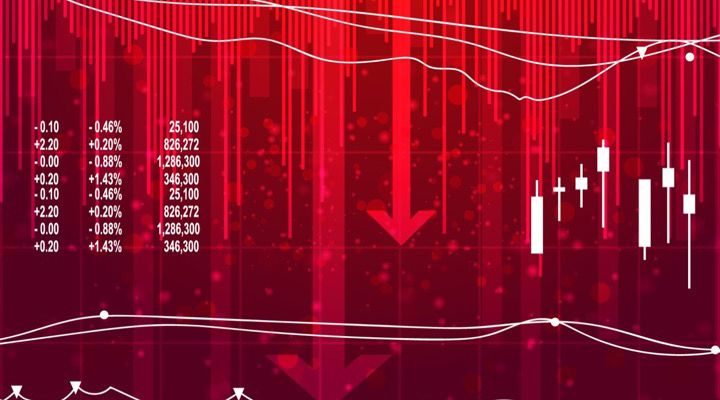
Economic recession followed the 2008 crisis but it abated slowly as the years passed. In 2018, much of what happened then is fading from memory. Unfortunately, since this was the worst economic disaster since the Great Depression, it's important that we learn from those mistakes, not just forget them as the next meme comes along.
Trillions Lost
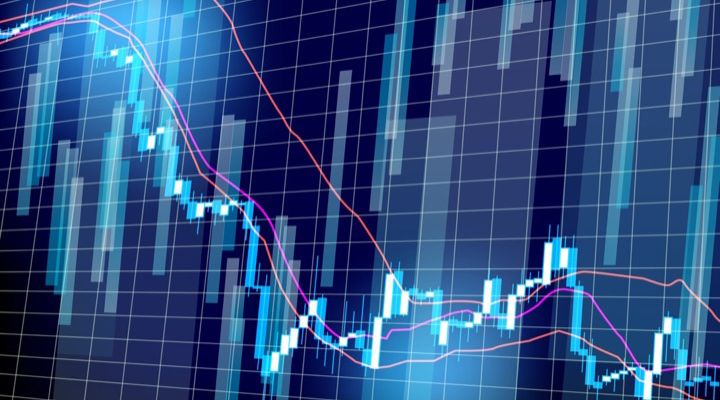
All told, Americans lost $9.8 trillion in wealth as their home values plummeted. Then there are the other poor folks who lost every cent in their retirement accounts to the banks trying their best to save their own skin. The effects on the economic system also released a number of dynamics that economists everywhere are still struggling to comprehend.
Upswings
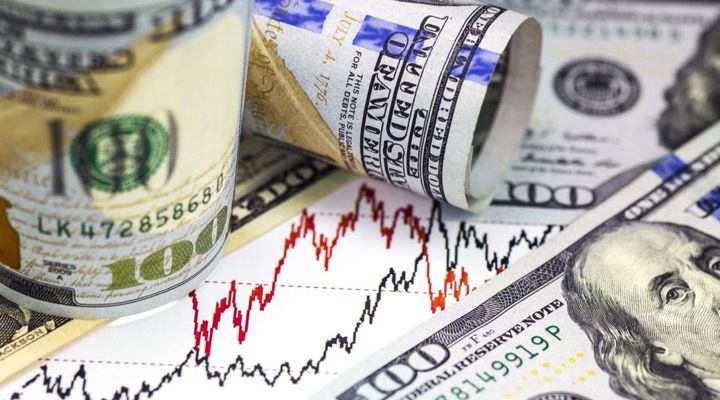
All that aside, the US economy has largely recovered from its brush with death. In late August, the stock market set a record for the longest-running upswing in history. Many of the lost retirement accounts of those who stayed invested have been fully replenished. There has also been a rebound in housing prices that looks promising.
Unequal Recovery
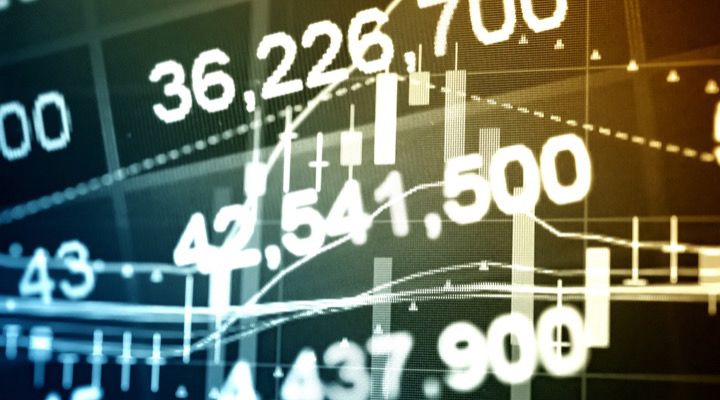
Yet though unemployment is at a very respectable 3.9 % and the lost sums of money are recovering nicely, not everything has bounced back equally. There are many workers who lost their jobs during the recession who have either not found jobs or else found jobs that didn't pay nearly as well as the ones they'd had before the recession.
Unseen Losses

Many folks don't realize that the time many of those people spent out of work has led to long-term drops in productivity and a loss of approximately $70,000 in lifetime income for every single American. Indeed, at the end of 2017, nearly 4.4 million homeowners were struggling to pay their mortgage and/or still owed more than their home was actually worth.
Payback
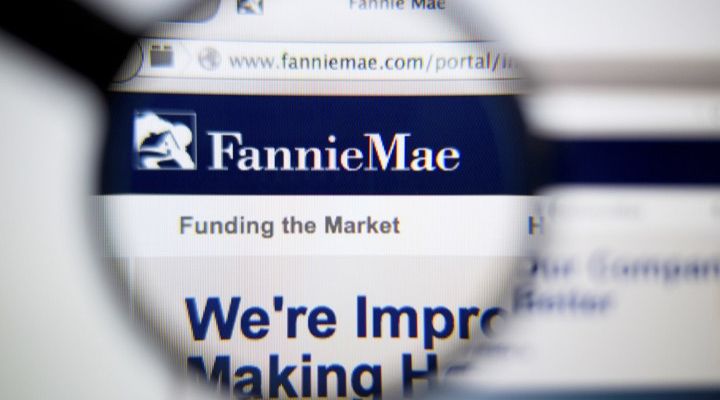
Fannie Mae and Freddie Mac, for all their troubles, are still doing fine after the government stepped in to help them. Though it is true that while Fannie Mae took $119.8 billion in taxpayer bailout money, they have paid back more than $167.3 billion to the US Treasury Department. Freddie Mac is about the same place.
Subsume or Separate

There are some other issues with the fact that the government still controls entities like Fannie Mae and Freddie Mac. The act of separating them from the government at this point is complex and they aren't sure how to do it. Some folks think they should be privatized again, others think they ought to be abolished and subsumed into the government proper.
New Regulations
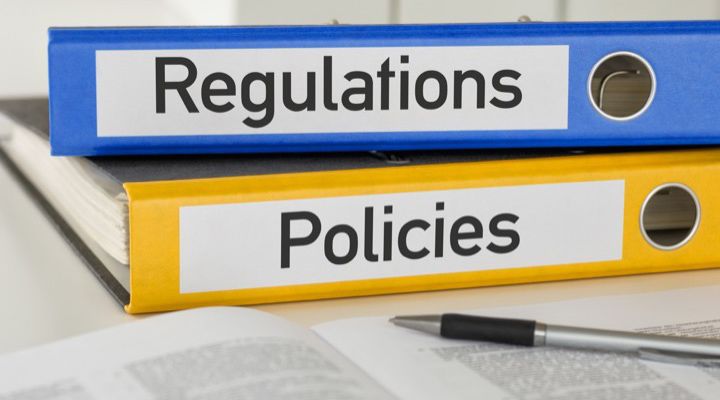
The thing is, lawmakers are understandably hesitant to disturb the status quo. Especially since Fannie Mae controls 60% of US mortgage interests. They don't want to see housing prices drop again and neither do homeowners. Still, regulators are in the process of placing new restrictions on the types of loans banks can offer. For instance, not lending money to folks with no income or assets.
Pristine Credit
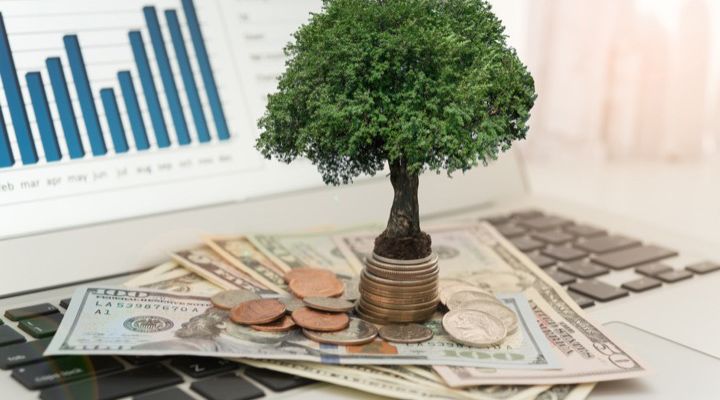
The problem with this is that those in the mid-range, those with "OK" credit, are left in the lurch by banks who would much rather lend to borrowers with pristine credit; for their own safety. The thing is, these banks are almost too big to fail, far bigger, in fact, that many of them were at the time of the 2008 crisis.
Another Failure
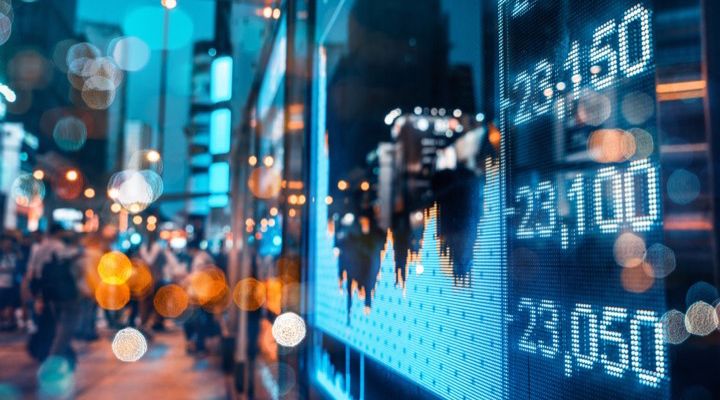
The thinking behind this is that if another crisis hits, the banks will be less susceptible to it. Nevertheless, some policymakers are calling for a breakup of the big banks. It raises a number of questions. How big is too big? What happens if a single financial institution becomes so powerful that the only option in a crisis is for it to simply subsume the smaller, weaker ones?
The Blame Game

At the end of all this, the question on everyone's mind is, who is to blame? The short, uncomplicated answer is: nobody. After all, no major bank CEOs were criminally charged with causing the crisis, though some federal prosecutors did consider cases against some high-profile names. None of these were pursued, however. Mainly due to a lack of evidence.
Bad Decisions

These executives made a number of admittedly bad decisions in terms of lending, but that didn't mean that they did so maliciously. Considering how these decisions affected everything, including their own industries, investments, careers, homes, and families, one would be hard-pressed to place it squarely on their shoulders.